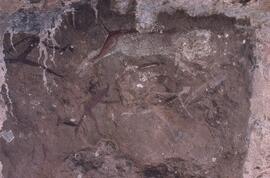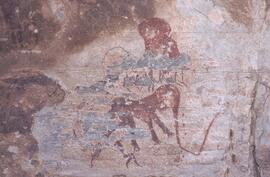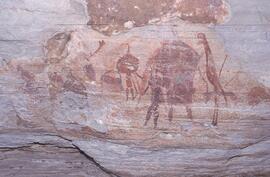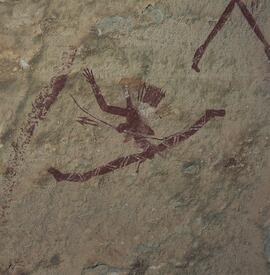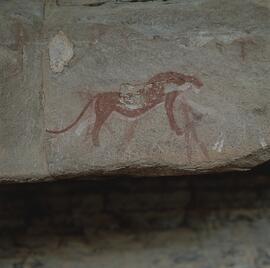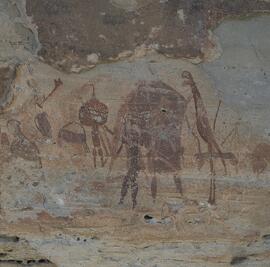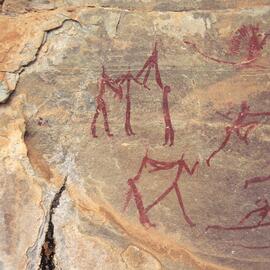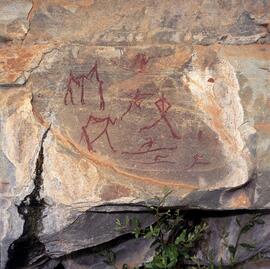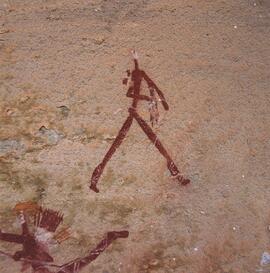BBR BBR-BBR-01-92.jpg
·
Item
Part of Barnes, Bill
Depictions of flywhisks in rock art are quite common. They are important accessories for the trance dance in which they are used to keep arrows of sickness at bay.Paintings of them are a good indication of trance. Bamboo Waterfall I
